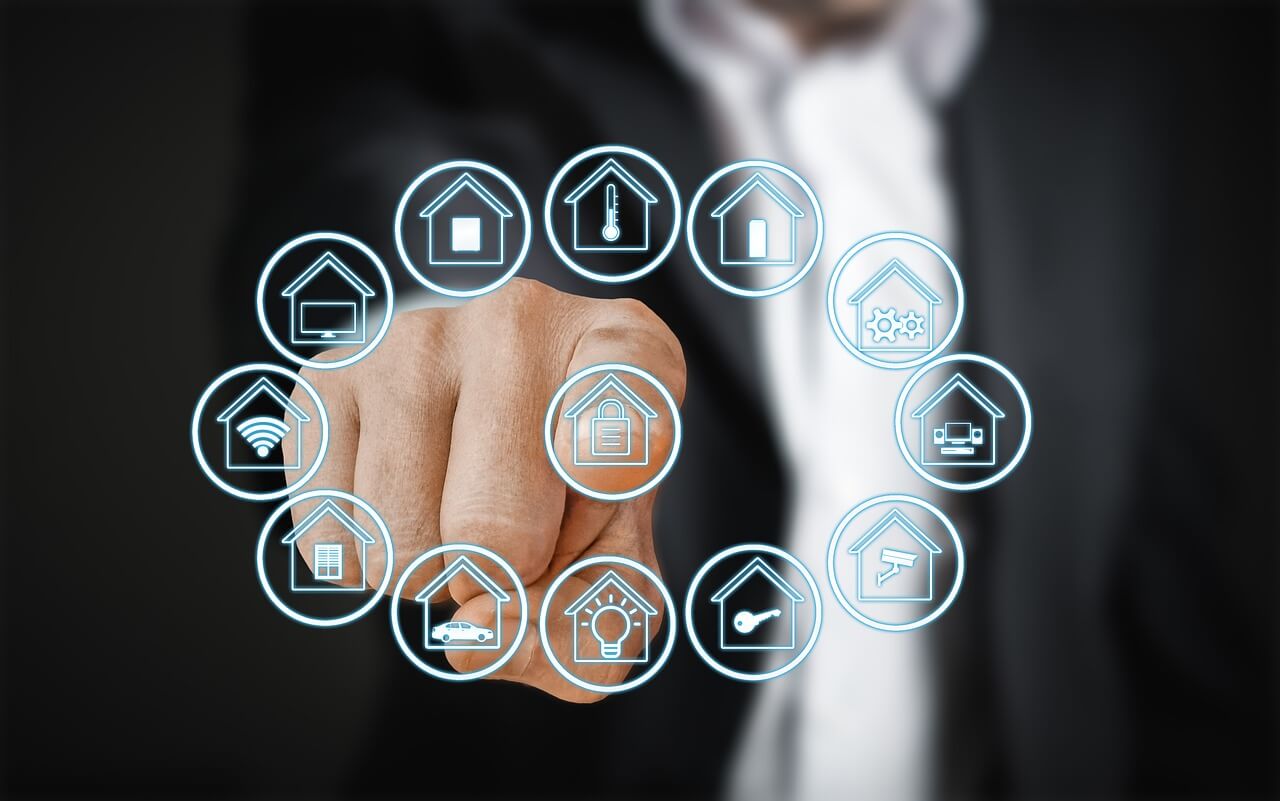Can smart technology help overcome the energy crisis?

As the energy crisis continues, more and more UK homeowners are feeling the pinch. A global study of more than 9,000 homeowners by Drayton and Schneider Electric found that just under three-quarters of Brits have made changes over the last 12 months to use less energy.
One of the changes that has been increasing in popularity is adopting smart technologies to manage energy expenditure. Basic devices are able to provide insights into energy consumption, while more advanced tech is capable of automatically optimising heat settings to minimise cost without compromising on comfort.
Reducing energy bills using smart technology
While many respondents stated that while minimising the impact of climate change was important to them, most of the lifestyle adjustments that they are making right now are focused on reducing their energy bills.
Let’s look at the most popular types of smart technologies, and how they are helping consumers to minimise energy expenditure.
Voice assistants
26% of respondents use a voice assistant in the home. This includes devices such as Amazon Alexa or Google Home, which are able to respond to voice commands and can be connected to other smart devices for hands-free adjustment.
As well as making it quicker and easier for homeowners to adjust settings, the connectivity of these devices allows them to take in information from a wider network. This enables automation and optimisation of heating, lighting and other systems for more efficient expenditure.
Smart lighting
21% of respondents have installed smart lighting in their homes. As well as offering the energy-saving features of LED bulbs, smart lights can be controlled via remote control or smartphone app. If a person accidentally leaves on the lights before leaving the house, they can switch them off remotely to save money.
Smart lights can also be connected to a wider smart network in the home, allowing for greater control and customisation. Some smart home systems use algorithms to learn a homeowner’s preferences, and can automatically adjust light levels and settings at a certain time of day.
Smart thermostats
20% of respondents have a smart thermostat in their homes. As well as operating like a traditional thermostat, smart thermostats can be installed in multiples and combined with a smart device such as Google Nest to create zones throughout the home. This affords homeowners greater control over the heating and cooling in rooms that are used more or less frequently than others.
More complex models are able to learn a homeowner’s preferences and can automatically adjust the level of heat in line with settings that have been manually input for certain conditions.
Smart energy monitors
18% of respondents use a smart energy monitor, helping them to see exactly how much energy they use. These devices range from very basic digital displays that track the number of units used throughout the day to feature-rich monitors offering a detailed breakdown of a home’s energy consumption.
On their own, energy monitors don’t offer much more than an insight into how much electricity is being used. However, this can be eye-opening, and helps to educate consumers about the efficiency of the devices in their homes, which they can then use to make more informed decisions about their lifestyles.
Changing our habits in the face of an energy crisis
As well as using new technology to ride out the energy crisis, UK homeowners are also changing their habits in more traditional ways. Just over half of respondents (52% said that they have decreased their home heating temperature, while 41% have chosen to limit their hot water use. These practices on their own can help to reduce energy expenditure, but may not provide as comfortable an environment as adopting smart technologies.
However, it’s worth bearing in mind that the cost of buying and installing some of these devices is a barrier to adoption for many households. While they provide the added benefit of supporting environmentally friendly energy consumption, the up-front costs must be balanced with the long-term cost saving benefits.
Those who aren’t able to afford smart devices might be able to avoid sacrificing their comfort by taking advantage of the various renewable energy incentives available from the UK Government.
The future of smart technology and energy
As these types of technologies become more advanced, they will be better able to help homeowners to reduce energy consumption. Technological developments will also make smart tech more affordable, giving more people access to the cost- and energy-saving benefits.
In order to meet their Net Zero goals, the UK Government is continuing to expand their financial support for domestic energy-saving initiatives. This means that we might start to see smart devices included in the technologies that are eligible for grants and funding.
Back to blog



